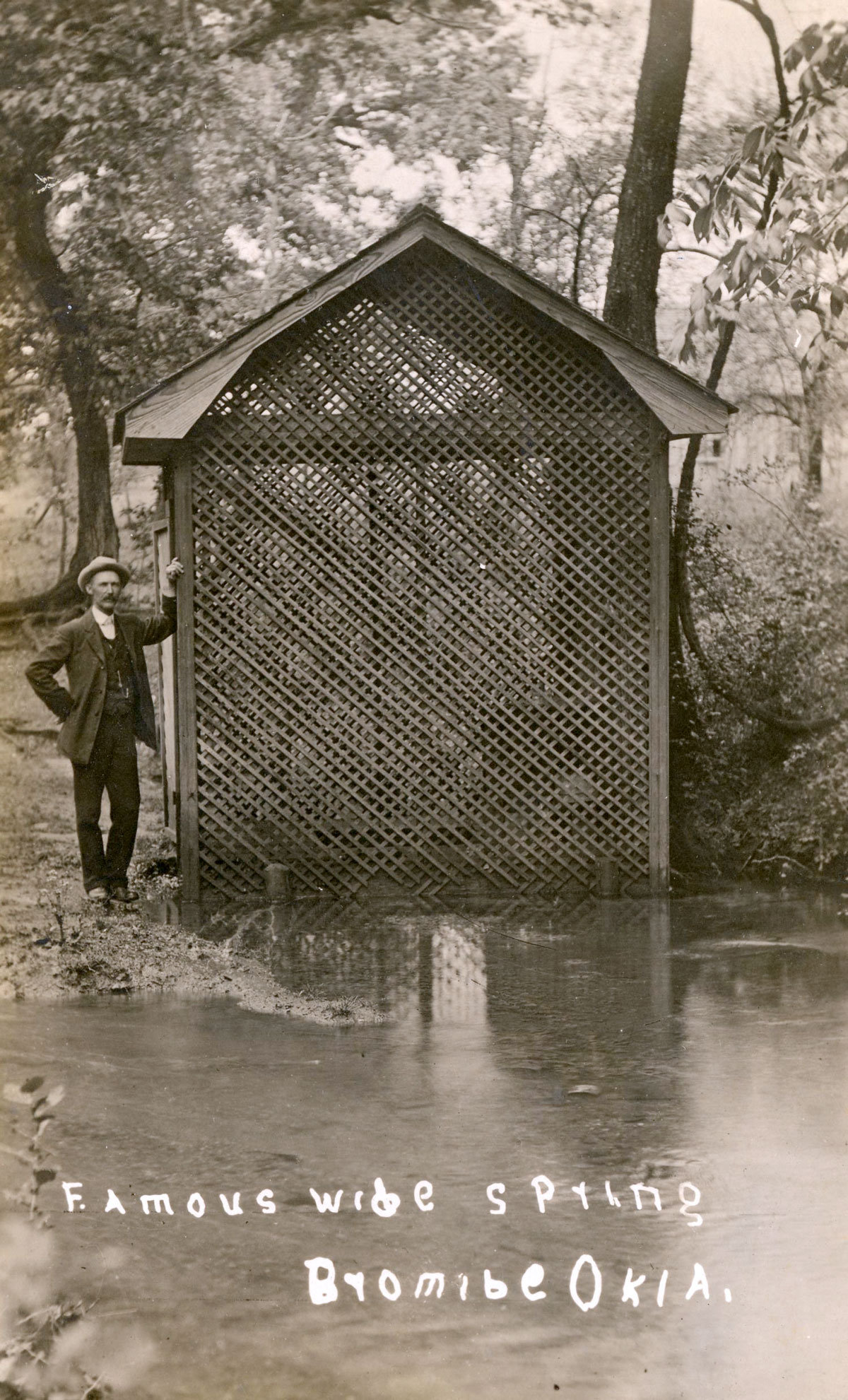
MINERAL WATER.
During the nineteenth and early twentieth centuries mineral waters were commonly used to treat chronic illnesses and to enhance general health. The term "mineral water" denoted water from springs or wells containing dissolved salts or gases acquired from water's movement through mineral-bearing rocks and deposits. Bottled mineral waters were widely available, and spas offered mineral water baths and other treatments.
Evidence for the efficacy of mineral waters was mainly anecdotal, though elaborate theoretical schemes, primarily developed in Europe, linked different minerals to specific ailments. The particular combination of minerals determined a mineral water's best application. Calcium, magnesium, sodium, potassium, lithium, and iron salts were common constituents. Anions included the sulphate, nitrate, chloride, bromide, iodide, carbonate, and bicarbonate ions. Gases comprised hydrogen sulphide (in waters from petroleum-bearing regions), carbon dioxide, and radon. Many of these ingredients have been used in patent and prescription medicines.
Numerous businesses based on mineral water thrived in early-twentieth-century Oklahoma. Spa locations included Medicine Park, Sulphur, Bromide, Guthrie, Claremore, Nowata, Pryor, and Salina. Sulphur and Bromide were named for springs bearing these components. Carbonated water flowed from Sulphur's Artesian Hotel well and from Guthrie's Hercules, Sooner, and Bromide springs. The latter also contained bromide salts. Northeastern Oklahoma's mineral waters were highly saline and sulphuretted. During the 1950s traces of radium were found in this water.
Many resorts sold bottled mineral water. Bottled mineral water was also marketed from springs and wells at Oklahoma City, Faxon, Comanche, Shawnee, Tulsa, and Sapulpa. During the period of 1910 to 1912 sales of Oklahoma's mineral waters increased nearly seven fold, from 150,000 gallons valued at $4,950 to 1,015,512 gallons valued at $32,971. Mineral waters remained popular during the 1920s and 1930s. Antibiotics and other drugs and medical treatments gradually displaced them as health remedies, though they continued to be desired for their taste and reputed purity.







